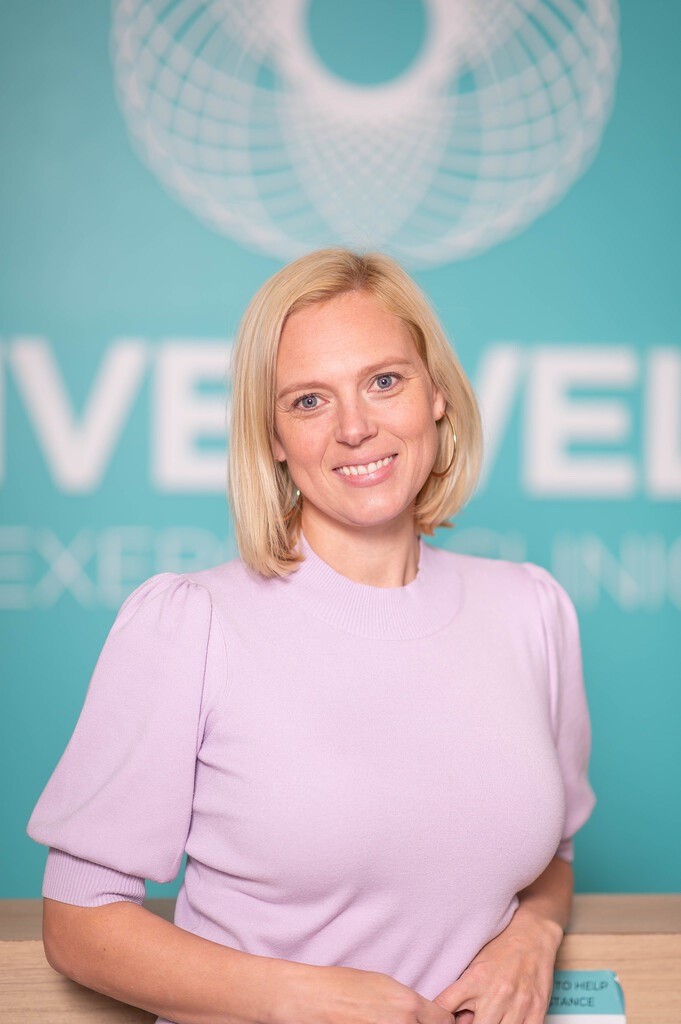It is NEAT to MOVE

When we look back on the pandemic and how it affected our physical and mental health, we will be able to gather a great amount of insight to understand how and why we move. This is evident in what happened when the world entered lockdown in March 2020, and we took NEAT out of our lives – and how we can help our members and clients put it back in.
What is NEAT?
Non-Exercise Activity Thermogenesis (NEAT) is all the activity we do that isn’t considered “exercise” as we traditionally think of it – everything from carrying a load of laundry upstairs, to walking further from our cars to the mall, to walking around the office at work. This activity has an enormous benefit for all of us, particularly those who want to manage their weight. It is also a great tool to help our clients move from inactive to active.
The pandemic was detrimental to the health of Canadians. While there are incredible stories of people who became fitter and healthier in the last 16 months, the chasm between the active and the inactive got wider. According to the Prescription to Get Active, an initiative launched in participation with Fitness Industry Council of Canada, more than 90 per cent of Canadians are not active enough.
Yikes!
Many studies are being done globally on the impact of inactivity and the rise of sedentary behavior since the pandemic began. COVID-19 made us move less than before – we lost our walk to work, movement around the office, heading to the store to pick something up for dinner. We used to sneak in a considerable amount of activity, and then suddenly, it was taken away. But we weren’t just home: we were sitting a lot more.
Physical inactivity was defined as a “pandemic” by the World Health Organization in 2012 – with 3.2 million deaths per year attributed to inactivity, costing healthcare systems a whopping 53 billion dollars annually. It has been estimated that each additional hour of sitting time results in an increase of $136 billion in healthcare costs in older adults.
And what about our clients with obesity? Obesity is a very complex chronic disease, but experts have found that the value of NEAT represents a promising tool in weight control. It is also something that we can easily implement. Something is better than nothing.
One of the biggest most promising studies in the last few months was published in the British Medical Journal: although 150 minutes of moderate to vigorous activity is the most effective, it doesn’t counter the detrimental effects of sedentary behavior. In addition, the “30-minute daily workout” might not work for everyone. Researchers found you could reduce the risk of early death if you do three to four minutes of moderate to vigorous exercise for every hour that you sit and reap similar benefits with 12 minutes of light activity. For someone who doesn’t love exercise, this was very good news.
How can we help our clients understand the benefits of NEAT?
1. Meet your clients at their level.
Some clients love numbers: They want to know how many steps they are taking daily, what their heart rate is during a workout and how many hours of quality sleep they are getting; other clients just want the big picture. Talk to them at their level – if they are a numbers person, remind them that NEAT, done right, expends more energy and calories throughout the day. If they want just the big picture, here it is: Move More.
2. Help them get organized.
Create a list of where they can put in NEAT – structure their day by the hour, with tips on NEAT movement ideas. Download a timer on their phone and set up an alarm system to remind them to move for at least three to four minutes, getting their heart rate up hourly If they are opting for lighter activity:
- Get out of bed and do stretches
- Brush your teeth and do 10 body weight squats, or march in place.
- Have breakfast standing
- Do a set of stairs every other hour
- March in place for two minutes
- Put on music and dance
- Go for a walk around the block for five to 10 minutes after each meal
- If you have a garden, pull weeds as a work break
- If you drive to get groceries, park the car far away from the door
3. Stand up!
If your clients do not have an app or watch that reminds them to stand up, have them set a timer on their phone to stand every hour and walk around. Once your clients go back to the office, encourage the same behavior – it is too easy to let a day go by with hours sitting at our desks. Remember: your clients aren’t personal trainers. They need to be reminded of the benefits of NEAT.
4. Check in.
We all need accountability. Don’t just check in with your clients about exercise – ask them how their NEAT is going. Are they going from seated to standing on the hour? Get them to keep a NEAT journal to send you screenshots and reward them with positive feedback!
5. Get active with screen time.
It is time to get creative with our clients and their screens! We need to break up TV and the “couch potato”; we need to rethink scrolling. Screen time is wreaking havoc on our health – the more time we spend on screens, the less active we become. If your clients do not have limits on their screen time, encourage them to do this. But if they are devoted to their phones – as many of us are – encourage them to stand and text or scroll. You could even make a game of it: If they are on Instagram, they have to march in place. Work emails? Text and squat. Tik Tok? Dance! Lead by example – use your social media to show them how you are putting NEAT into your day!
For your clients who are already active – the study showed that we ALL need NEAT. The recommendation is two to three hours of NEAT, broken up throughout the day. Remind your clients this is not only achievable, but will help them live longer and happier lives. Our clients are looking to us for creativity, and for answers.
Be the inspiration!

